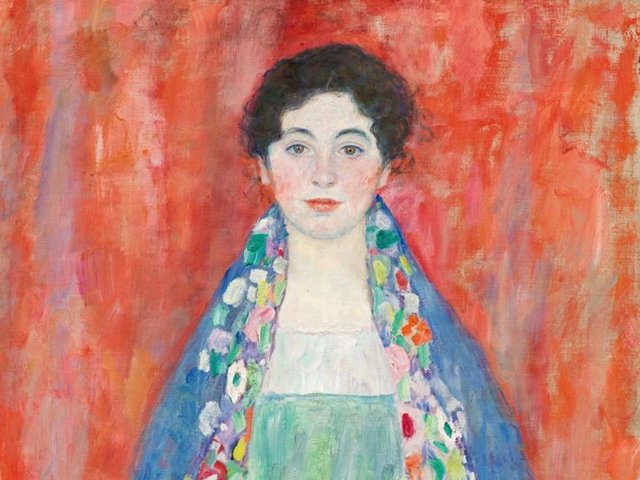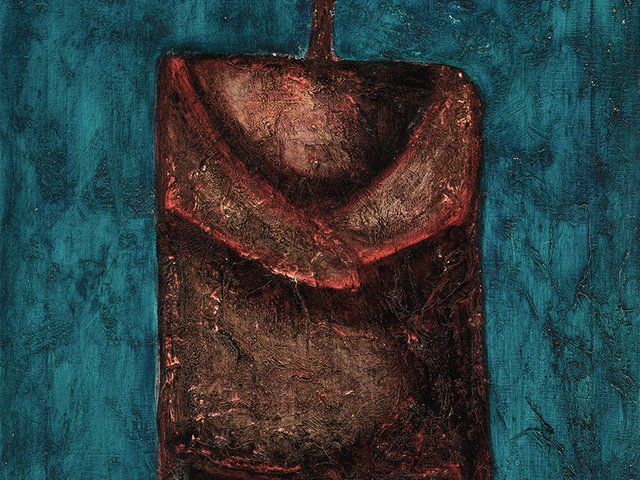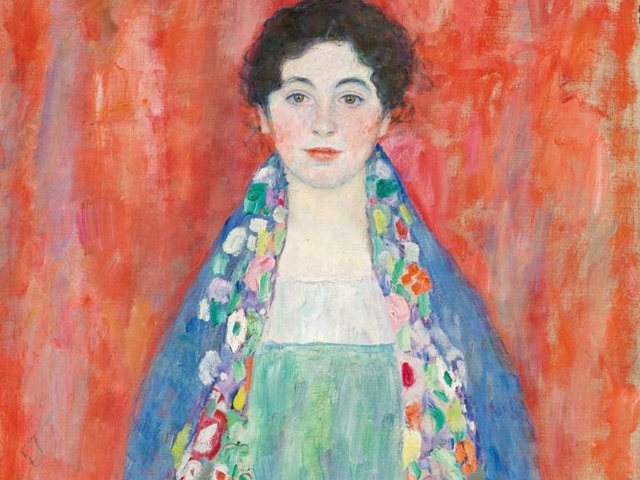A painting by Ernst Klimt that was completed by his much more famous brother Gustav after Ernst’s sudden death is due to be offered at auction at Sotheby’s evening sale on 4 December in London.
Hans Wurst Delivering an Impromptu Performance in Rothenburg is a version of an enormous painting produced from 1866 to 1868 by Ernst Klimt for the ceiling of the grand staircase of Vienna’s Burgtheater. He began the easel version in 1892 but died in December that year at the age of 29 of a heart illness. In a touching tribute to his brother, Gustav completed the painting.
It was a task he found hard—in an account of Gustav Klimt’s life, his sister Hermine wrote: “And so, he [Gustav] had to complete the painting, which Ernst had left unfinished. As often as he tried to get started, he simply couldn’t and despaired. When he got home, he would say ‘I can’t finish it!’.”
Gustav Klimt introduced the faces of members of the Klimt family and Ernst’s in-laws—the Flöge family—into the crowd watching the street performer in the Bavarian town of Rothenburg ob der Taube. (Ernst Klimt was married to Helene Flöge, whose sister Emilie became Gustav’s life companion and confidante.) Gustav signed the painting with Ernst’s signature.
When he was just 13, Ernst Klimt joined his brother at the University of Applied Arts in Vienna in 1877. Together with Franz Matsch, they formed the “Künstler-Compagnie” in 1881 and received a number of prestigious commissions. The theme of the ten Burgtheater works was the history of theatre; Ernst created two of them, while Matsch and Gustav painted four each. Hanswurst was a traditional, buffonish comic character in German-speaking theatre.
“Both artists were cutting their teeth at that point—Gustav was only two years ahead,” says Claude Piening, the head of 19th-century art at Sotheby’s in London. “Both brothers at that point had a naturalistic traditional style. Who knows what Ernst would have done had he lived?”
Piening says it is not entirely clear why Ernst later painted a smaller version of the Hanswurst work. “It could well have been a commission from someone who had seen the original version in the Burgtheater,” he says. The later easel painting was exhibited in Vienna in 1895 and sold. Sotheby’s sold it again in 1984, for a hammer price of £140,000. For the December auction, its estimated price is between £300,000 and £500,000.
“I would like to think Austrian museums might be interested”, Piening says. “It has a wonderful story to tell and is arguably more tightly painted than the theatre ceiling, which is more than four times the size.”






